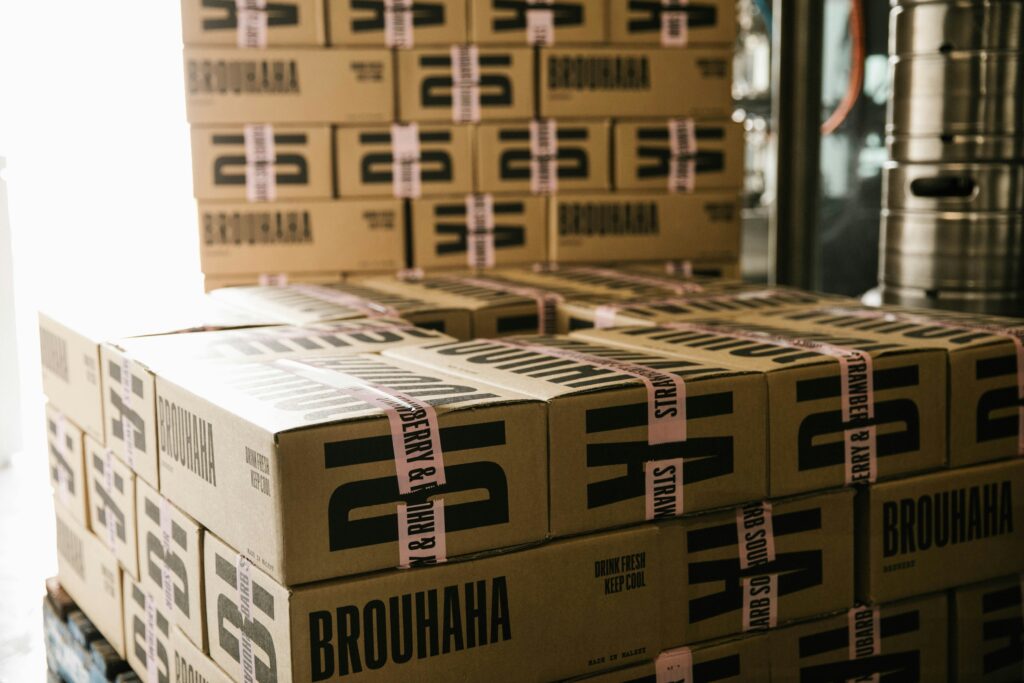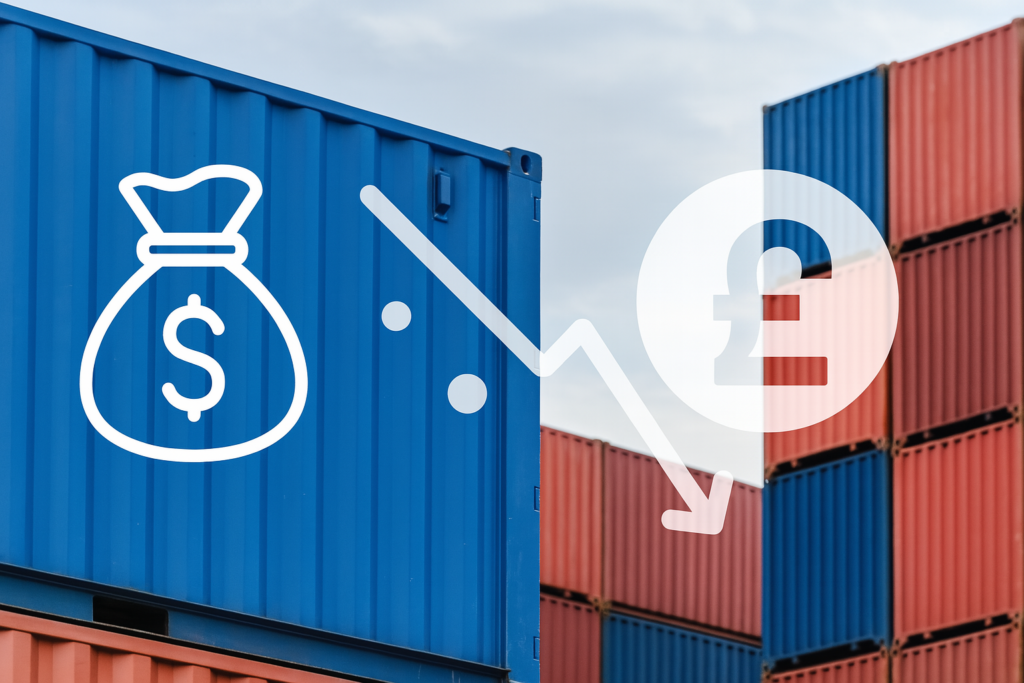A supplier-first approach to customs classification
Topics

Who knows your products best? Your suppliers of course. Putting them at the heart of the customs classification process, supported with an intelligent technology platform, will benefit the accuracy and compliance of your product classifications significantly. Suppliers know, all too well, the key details customs classification teams need to assign accurate HS codes (or HTS codes for the United States) meaning products can be correctly and compliantly classified every time and arrive without delay at their destination – whether this is 1 or 100,000+ SKUs.
Here, we look at why a supplier-first approach to customs classification is the right strategy for businesses, how technology is crucial to enable this relationship with suppliers and why customs managers (or import or customs teams) can’t do it all.
Why suppliers matter in customs classification
Suppliers are the gatekeepers to a source of knowledge about your products that can support the transportation of goods from one country or border to another, quickly and compliantly. Each product being transported needs a HS code which is used by customs authorities around the world to identify products when assigning duties and taxes. Although many countries have adopted the same classification system from the World Customs Organisation (WCO), each country can interpret it differently. This can create added complexities for customs classification teams tasked with navigating the HS code book, which, in itself, is constantly being updated.
Even if teams use a simple classification tool or manual process, having to look up HS codes, product by product, is time consuming and often impractical. An invoice description rarely details all the essential characteristics and late changes in fabric or material composition can further complicate the process and lead to inaccuracies. From our classification assessments, we estimate that the majority of UK retailers that are not using a digitised customs classification solution are only 60-80% compliant in their classifications and could be facing fines and excessive border delays as a result. With the help of suppliers, customs classification teams can capture essential characteristics and images of thousands of product items with minimal effort, leading to accurate, unambiguous, and auditable classifications and duty rates.
Involving suppliers with an intelligent customs classification platform such as TariffTel makes the process quick, easy and devoid of human error as the system will ‘error’ if certain inputs are made that would result in no HS code being assigned. In fact, retailers can be assured compliance levels will raise significantly knowing that the quality of data provided by suppliers is of a quality to classify products correctly, plus they have the assurance of automated monthly checks to ensure no invalid codes are present.
The same can be said for improved accuracy rates in other industries such as automotive and manufacturing. Suppliers can provide details about a product item that makes classification simple such as material and construction methods, both of which help when assigning the correct code and when providing customs descriptions to the importer for confirmation. This efficiency can reduce customs classification operating costs for a business by an average of up to 25% subject to their size and maturity. In some cases, it could be an initial immediate cost reduction of reducing head count where resources are allocated more strategically to other departments, or more gradual in optimising operational efficiencies by shortening time scales and operating at a higher rate. Ongoing cost saving opportunities present themselves throughout the digital transformation journey.
While this approach does give suppliers more input into the classification process, it safeguards the importer’s total control over the final classification. Customs managers can always reject supplier submissions, or alternatively seek further clarification using a question and answer module. Communication is both ways.
AI in customs classification
With the complexity of classifying products in different customs authorities, AI and API centric solutions are scalable and can be quick to be deployed by businesses, however the accuracy and compliance can often be inadequate. These solutions are common for e-commerce and marketplaces where parcel delivery or courier services are the primary mode of transport.
In the example of classifying clothing such as ‘shorts’, you are referred to the most probable description based on the largest volume of imports for that country, the tool could assume ‘Women’s shorts made out of cotton’. Shorts could be for a different gender or made from a different material, so such assumptions are often flawed. A customs classification platform that seamlessly incorporates supplier engagement proves superior here in the classification process as products are assigned HS codes based on verifiable data.
Why successful businesses have digitised their customs classification process
Many businesses have been shifting away from manual classification avenues and exploring systematic options for years and as a result now have greater visibility and communication across all parts of the supply chain. With a single, centralised platform such as TariffTel, data is available in real-time and brings more control and efficiency, especially given suppliers can be put at the heart of the process.
To find out more about TariffTel and the importance of digitising your customs classification process, please get in touch.
Other Useful Resources
The end of US de minimis – what’s next?
Significant trade news from the US this month with President Trump signing into law the “One Big Beautiful Bill” (OB...
How to avoid overpaying customs duty & classify smarter
Your how-to guide to tariff code accuracy If you handle HS, HTS, tariff or commodity codes, this how-to guide...
Incorrect tariff codes are draining your bottom line
Getting tariff codes right is the fastest way to boost margins Every year, businesses quietly haemorrhage pro...



